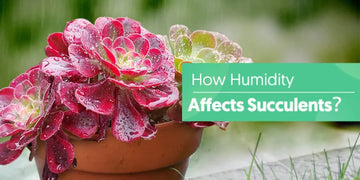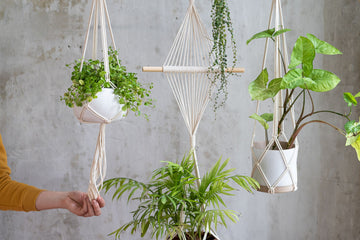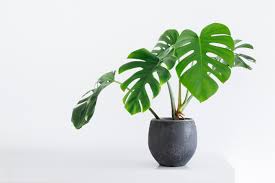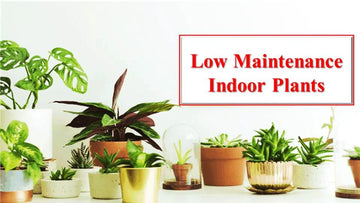
Succulent plants are some of the most popular choices for indoor gardening due to their low-maintenance nature and stunning variety. These hardy plants, which include types of succulent plants like aloe vera, jade plants, and even cactus plants, thrive in arid environments. However, when it comes to growing succulent plants in humid weather, gardeners face unique challenges. This blog explores these challenges and provides practical tips to keep your indoor succulent plants healthy and thriving.
Basic Understanding of Succulent Care
Succulent plants are native to areas with dry and sunny conditions. Their leaves are thick and fleshy, enabling them to store water from the surrounding environment. Since they are able to endure drought-like conditions, succulents are popular among gardeners. However, succulents face great challenges in humid conditions, as excess moisture in the air leads to several problems.
How Overwatering Could Be Caused Due to Humidity
One of the major problems when growing succulent plants in humid climates is overwatering. The air is already saturated with moisture, and the soil may not dry out as quickly as needed. This can lead to root rot, a common problem that damages or kills succulents.
Fungal and Mold Growth
High humidity will encourage the growth of mold, mildew, and fungi on the surface of the soil or even on the leaves of your indoor succulent plants. This condition makes it difficult for the plant to breathe, compromising its health.
Poor Air Circulation Indoors
If you're growing indoor succulent plants, ensuring proper ventilation can be tricky in humid weather. Without adequate airflow, the plants may struggle to cope with the moist environment, leading to stunted growth or pest infestations.
Sunlight Challenges
Humid regions are usually characterized by cloudy weather, which means that the plants do not get enough direct sunlight. Succulent plants require a lot of direct sunlight to grow well. Weakened plants are more prone to diseases and pests.
Tips for Growing Succulent Plants in Humid Weather
1. Choose the Right Types of Succulent Plants
Select succulent species that are more resistant to moist environments. For example, some cacti, such as Christmas cactus, and tropical succulents, such as snake plants, can thrive in higher moisture levels than desert succulents.
2. Use Well-Draining Soil
A well-draining soil mix is essential. Mix sand, perlite, or pumice into your soil to increase drainage. This will ensure the roots are not sitting in waterlogged soil.
3. Modify Your Watering Cycle
Succulents require less frequent watering during hot and humid weather. Always check the moisture level in the soil before watering. The top inch of soil should be dry before it is time to water.
4. Use Right Pots
Always plant succulents in pots with drainage holes. This ensures excess water can escape, preventing root rot. Terracotta pots are particularly effective because they allow water to evaporate more quickly.
5. Improve Indoor Conditions
If you’re growing indoor succulent plants, place them near a window that receives ample sunlight. Consider using a dehumidifier or a fan to improve air circulation around your plants.
6. Protect Against Pests and Fungal Infections
Succulents must be regularly inspected for pests and fungal growth. Sprays containing neem oil or a gentle soap solution help to keep the infestations away.
Why Succulent Plants Are Worth the Effort
Despite all these challenges, succulent plants are still a rewarding addition to any garden—outdoors or indoors. Their shapes are so stunning, colors so vibrant, and air-purifying qualities so nice that plant lovers love planting them. You'll enjoy their beauty even in humid weather with proper succulent care and the correct techniques.
Conclusion
Of course, succulents may prove to be very demanding if planted in a hot and wet environment. But growing them in that kind of condition is far from impossible. As you learn more about their needs and these care tips, you will end up having thriving plants. Whatever the succulent plant species or type may be, just focus on how to maintain proper drainage, controlled watering, and good airflow.
So, let the challenge begin, and watch how your indoor succulent plants turn your living space into a lush haven, even in the most humid conditions!





